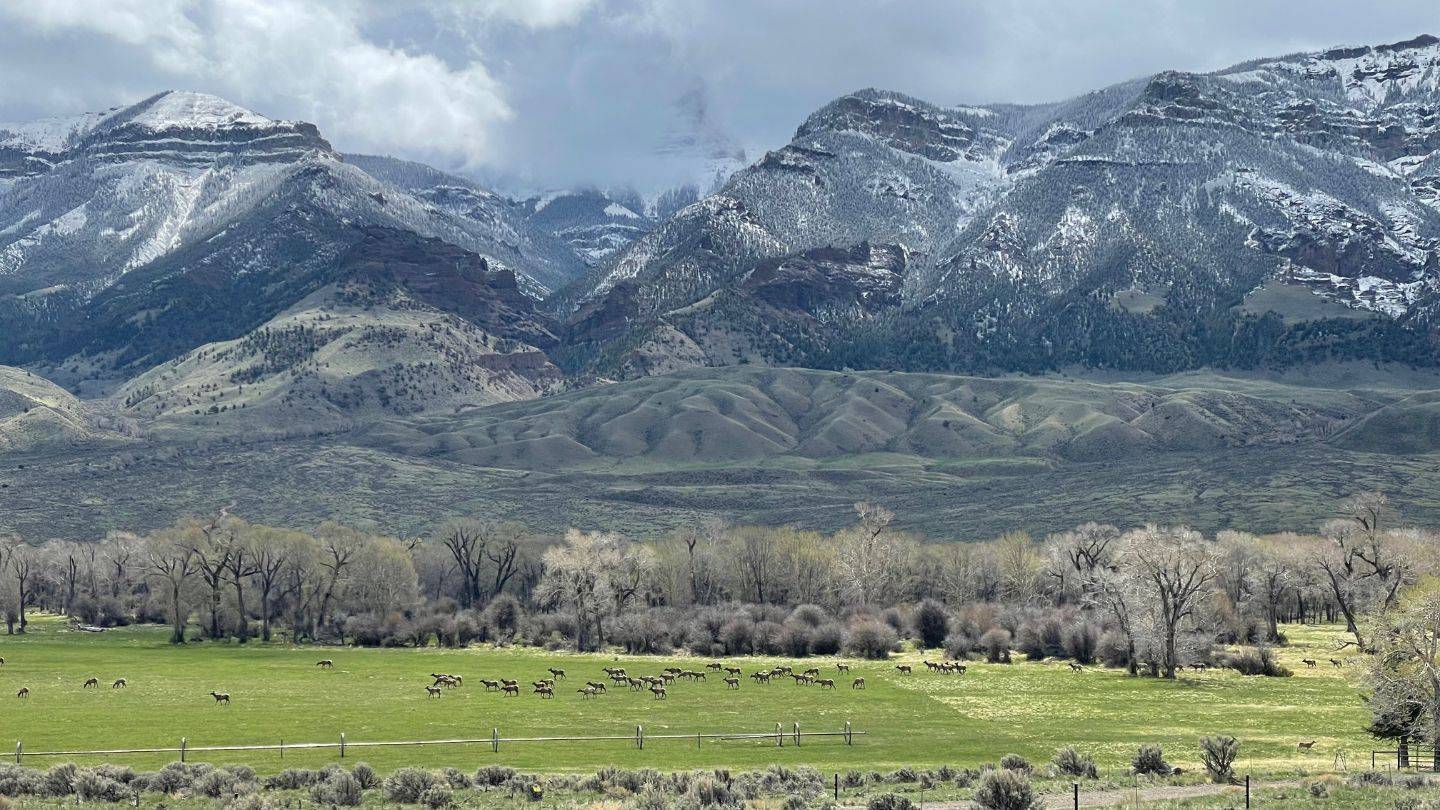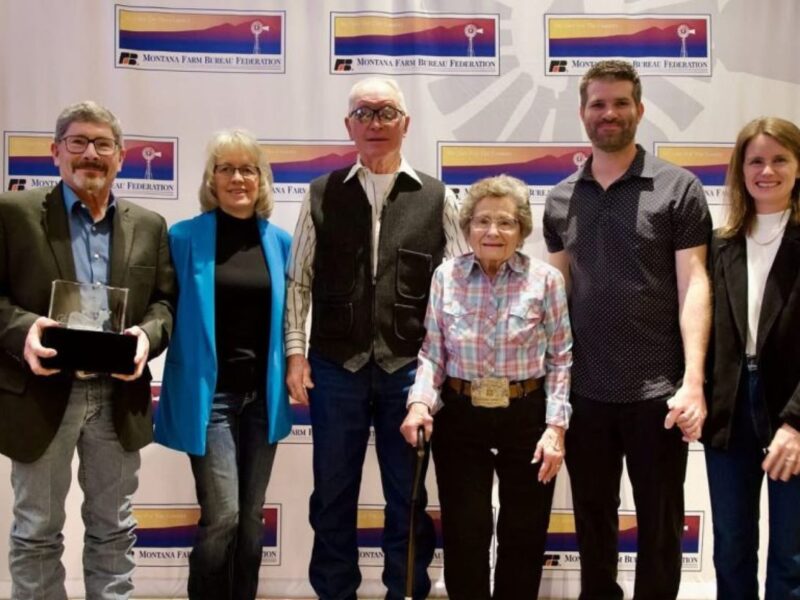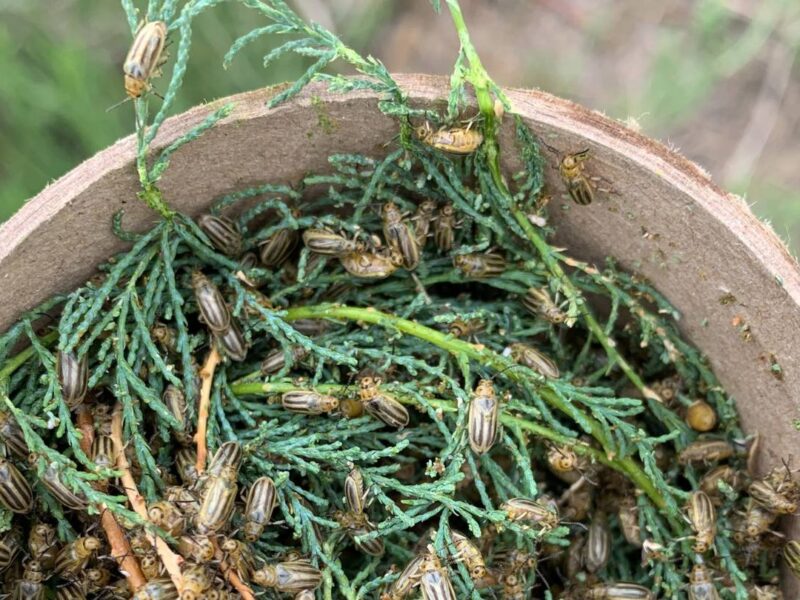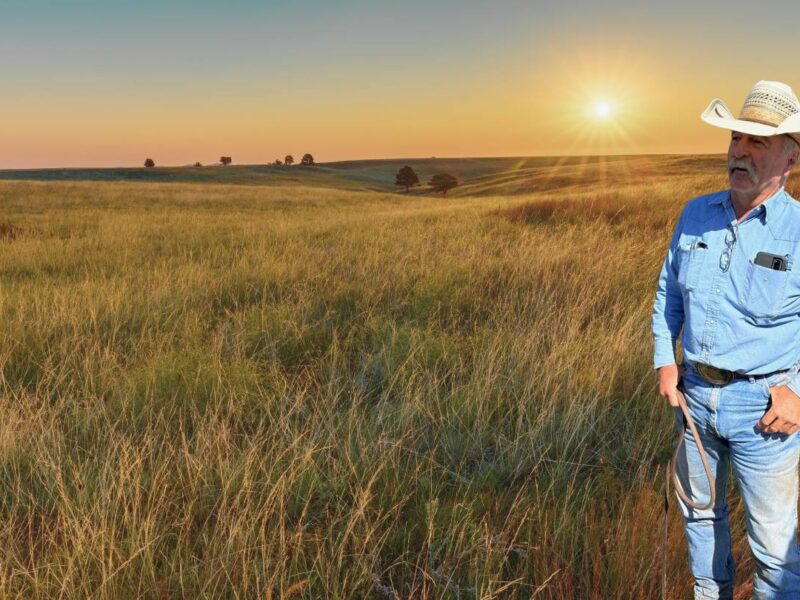The recent Vox piece “The brutal trade-off that will decide the future of food” highlights alarming trade-offs in global food systems—between protecting ecosystems like the Amazon, and tolerating the moral and environmental costs of factory farming. Yet one critical nuance is missing: the reality of extensive grazing landscapes in the American West (and other major rangeland ecosystems) is being conflated with intensive cropland systems—and that is neither scientifically accurate nor supported by sound policy.
Rangelands Are Not Row Crops
First, let’s ground ourselves in the facts. Rangelands—those vast expanses of grass, shrub, tundra, savanna, and desert grazed by wildlife and livestock—cover approximately 54 percent of the world’s terrestrial surface. In the U.S., more than a third of the land is rangeland, with the Western states alone comprising over half of that rangeland area. These lands are not marginal or wasted acreage—they are ecological dynamos, supporting wildlife, storing carbon, and providing livelihoods through thoughtful stewardship.
The Vox narrative, focused on the need to intensify production to spare wild lands, conveniently collapses the continuum—from factory-scale crop and feed production systems to extensive grazing. But they are fundamentally different. Intensive cereal and legume cropping demands converting native ecosystems, heavy irrigation, and synthetic inputs: driving biodiversity loss and ecological sacrifice zones. By contrast, well-managed grazing on rangelands, especially when led by responsible land stewards across the West, can co-exist with high biodiversity and ecosystem function.
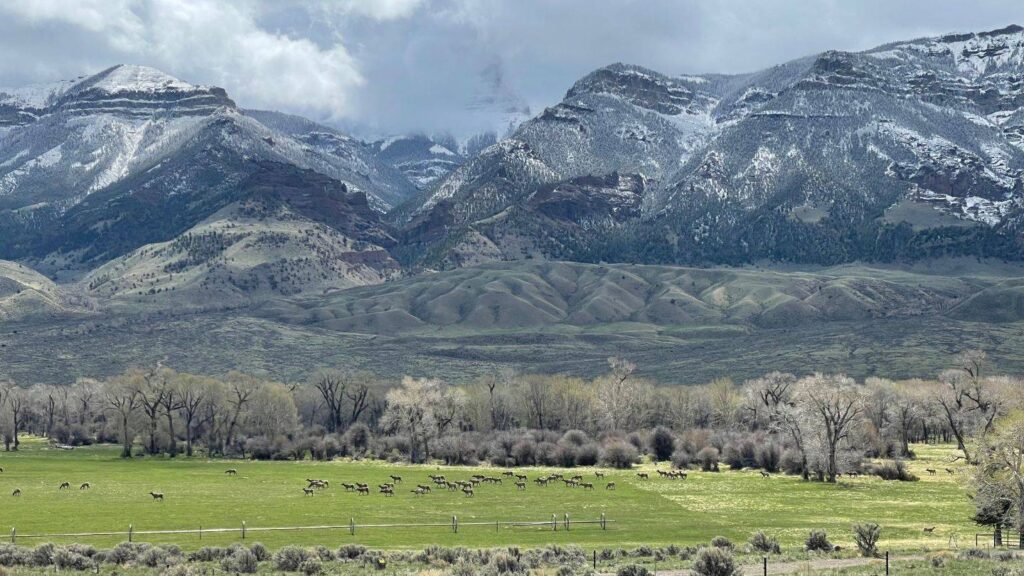
Grazing Lands: Biodiversity, Carbon, Food and Livelihoods
Indeed, rangelands harbor a remarkable 35 percent of global biodiversity hotspots and serve as habitat for 28 percent of endangered species—even while supporting pastoral livelihoods and storing up to 30 percent of terrestrial carbon. This is not “empty land”—it’s living landscape. In fact, permanent meadows and pasture—where grazing often occurs—occupy roughly 26 percent of the Earth’s ice-free surface; notably, much of this land is unsuitable for intensive cropping but is vital for grazing livestock and native fauna. Replacing food calories derived from these biodiversity-compatible systems with calories from intensive crop production increases the land sacrificed to feed humans.
Deforestation for beef in the Amazon is a real and serious problem. WLA unequivocally condemns that practice. In the American West, however, grazing often occurs on land that cannot support annual row-cropping and needs no conversion to produce nutritious animal protein along with numerous co-benefits, including leather, wool, tallow, bone meal, and more. Conflating the two obscures both the challenges and solutions unique to each system.
No Sacrifice Zones: A Just Future for Food and Wildlife
We should not accept the false choice of starving biodiversity in the name of food production—or sacrificing rural livelihoods in the name of protection.
We must also remember that even in regions dominated by intensive agriculture, the priority must be healthy working and living conditions for people and wildlife alike. Factory farms—especially large-scale poultry and confinement operations—have inflicted environmental degradation and human health risks on nearby communities. The people and native species of California’s Central Valley (nuts and vegetables), the Midwest’s Corn Belt (corn and soy), the Mekong Delta (rice), and the Gangetic Plain in India (grains) among the many other hyper-productive farming regions of our planet, are no less deserving of a healthy environment than those of us who live in cities or in rangelands. Ecological sacrifice zones are no path to a livable planetary future.
At WLA, our stewardship approach is grounded in a vision of working lands that are resilient, biodiverse, and productive. We champion innovative ranching practices—such as rotational grazing—that bolster soil health, support wildlife like lesser prairie-chicken and pronghorn, and enhance carbon sequestration. We believe ranching and wildlife conservation are not adversaries—they can be complementary if guided by sound science and respect for place.
Instead of simplistic “intensify or abandon” formulations, we urge policy that recognizes the nuance and diversity of agricultural systems. That policy must value extensive grazing as a climate-and-nature ally, support humane conditions across all food systems, and avoid creating ecological sacrifice zones.
We should not accept the false choice of starving biodiversity in the name of food production—or sacrificing rural livelihoods in the name of protection. A better path is possible: one that honors the West’s legacy of landowner stewardship, values wild and working landscapes alike, and seeks systemic solutions—not reductive frameworks.


